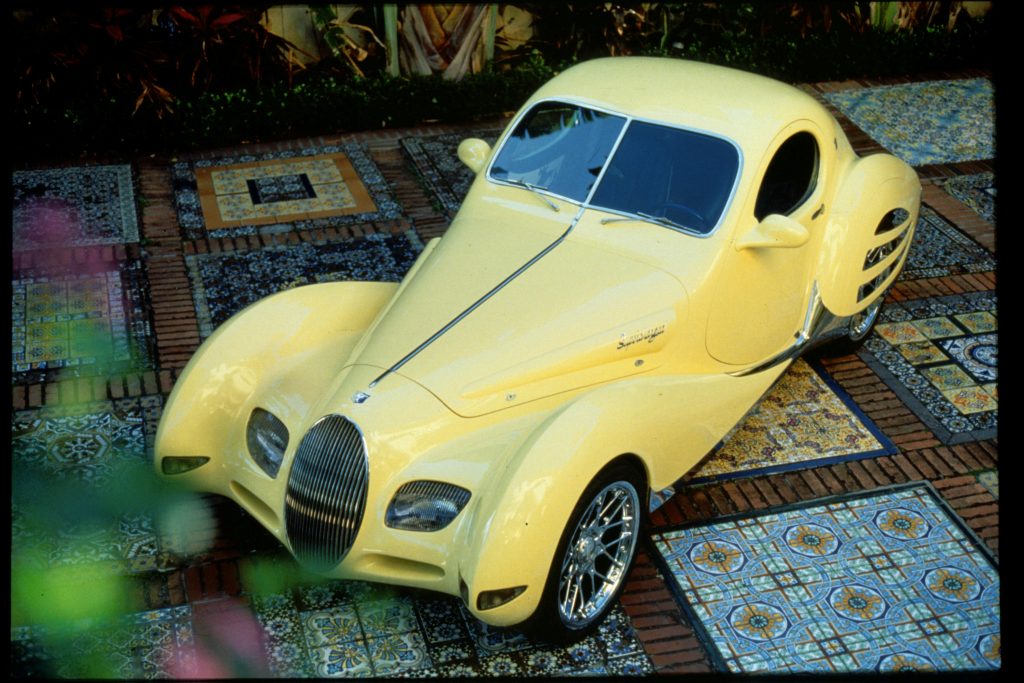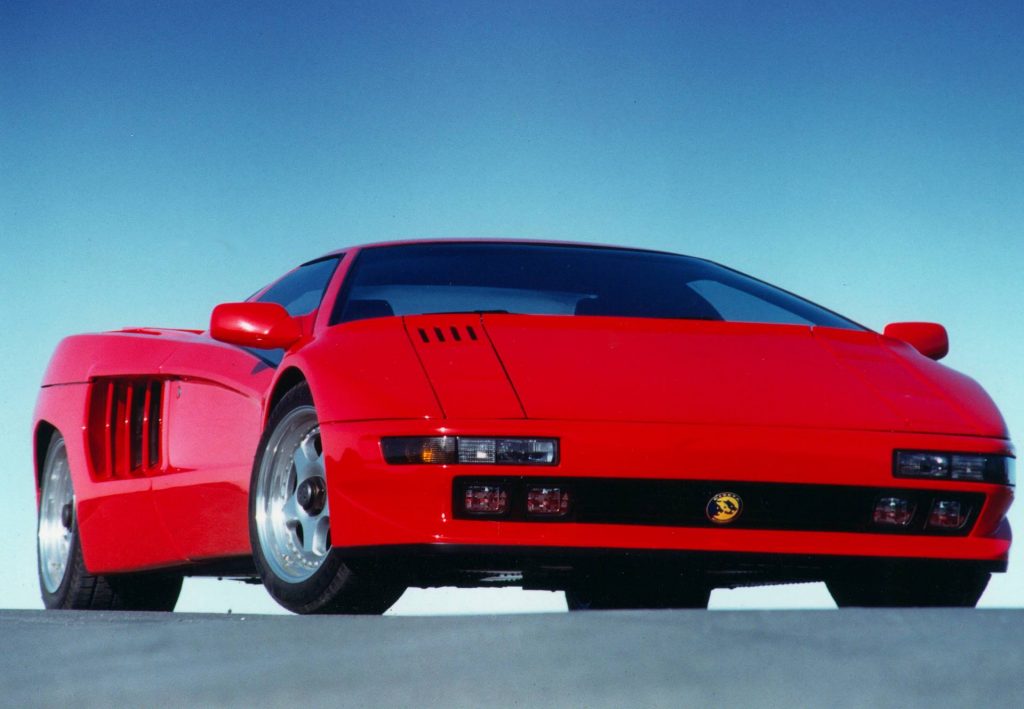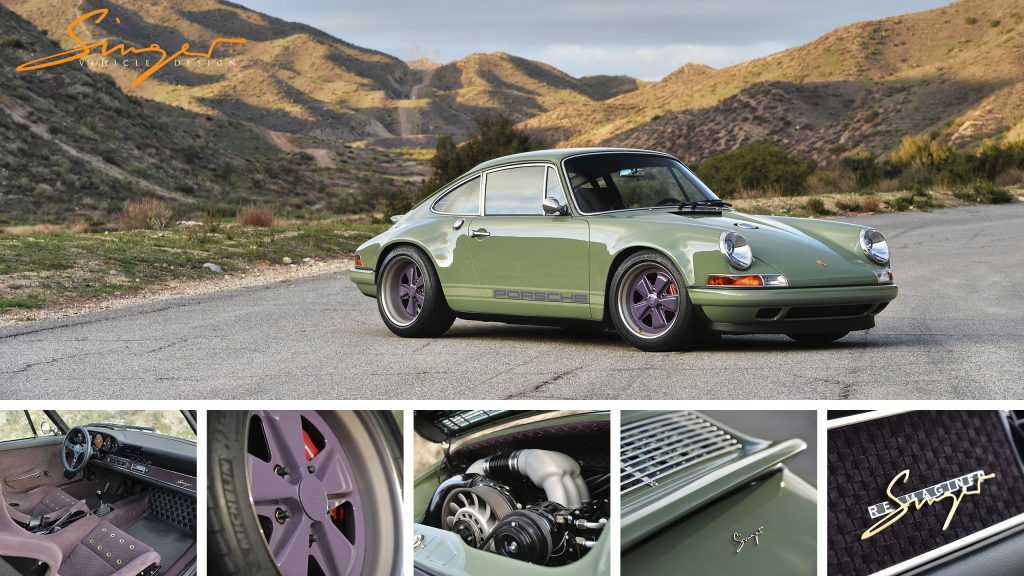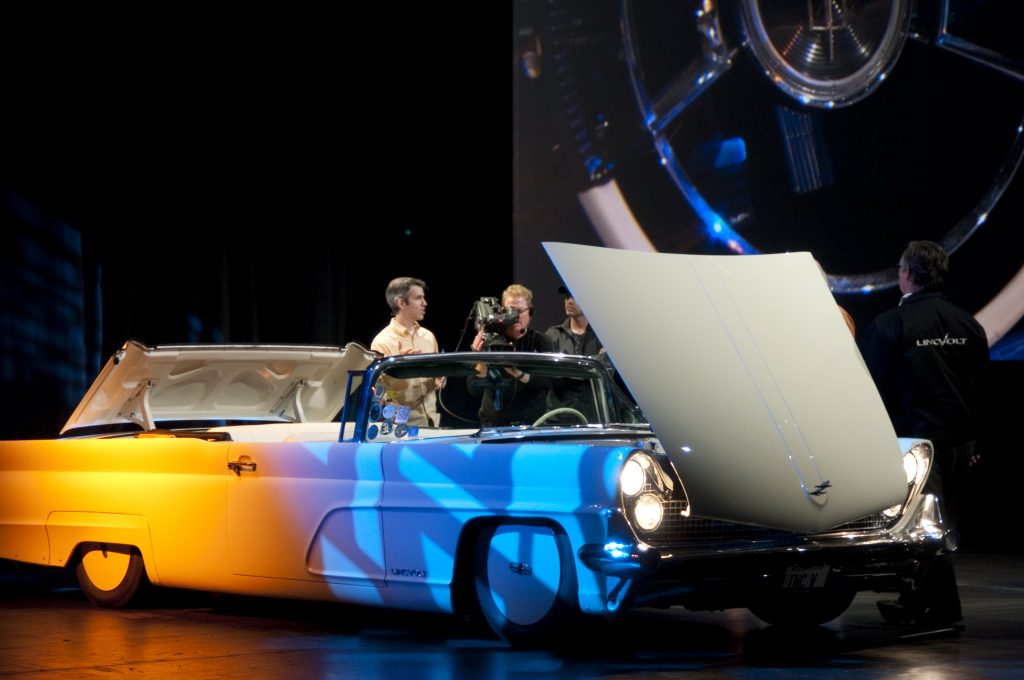Media | Articles
4 cars you didn’t know were designed by musicians
Cars and music are two passions that have crossed paths in all kinds of memorable ways. The birth of rock ’n’ roll in the 1950s dovetailed with the arrival of teenagers with disposable incomes and a suburban sprawl that demanded to be cruised once school was out for the day. It wasn’t long before songs commemorating nearly everything you could do with—or in—a car were flooding the airwaves and soaking permanently into pop culture.
It’s only natural, then, that a handful of rock stars, producers, and instrumentalists took their talents outside the studio and directed them towards motorized masterpieces. We’ve been confronted with actors trying to sing, singers trying to act, and comedians doing both, so why not musicians trying to design, engineer, and produce their own cars?
Not every one of these attempts were a hit, but you might be surprised by how many actually came out near the top of the charts.
Rinspeed Yello Talbo

Rinspeed is the kind of boutique automaker that has a bigger following in Europe than North America, which makes it the perfect match for the duo of Dieter Meier and Boris Blank. Otherwise known as Yello, the pair enjoyed an influential career on the continent but are best known on this side of the Atlantic for their novelty hit Oh Yeah, which had a starring role in Ferris Bueller’s Day Off when the titular character gets behind the wheel of his best friend’s father’s doomed Ferrari.
Also tying together Rinspeed and Yello? Both are headquartered in Switzerland, and given that the country is so very, very small, the two creative teams most likely bumped into each other one afternoon and decided it was time for the very first car designed in partnership with a pair of synth-pop pioneers. The end result was the Rinspeed Yello Talbo, a car that presented modern interpretation of the Talbot-Lago 150 SS, which was first produced in 1938.
Marketplace
Buy and sell classics with confidence
The modernized Talbo offered 320 horsepower from a supercharged 5.0-liter V-8 engine, backed by an automatic transmission. It also featured an Eibach suspension system and a 0–60 mph time of 5.5 seconds, which was more than respectable when it debuted at the Frankfurt International Motor Show in 1996. It’s unclear how many Yello Talbos were produced, although they occasionally show up for sale on international auction sites, as do these amazing t-shirts. The Talbo tooling was eventually purchased by a third party, which continues to manufacture LS-powered versions of the car to this day.
Moroder-Cizeta V16T

Giorgio Moroder was undoubtedly one of Yello’s own inspirations, given that the producer extraordinaire has been breaking new ground for electronic music since the 1970s. With a long list of hits as a producer and writer—including most of Donna Summer’s disco output, his own instrumental music, and the soundtracks to a number of ’80s-era blockbusters including Top Gun, American Gigolo, and Scarface—it’s no surprise that Moroder dared to dream big when approached with the possibility of building a supercar.
Keep in mind that under the influence of Italo-disco marching powder, even the wackiest ideas can seem like a slam dunk. The concept of a 16-cylinder, mid-engine marvel motivated by a pair of Lamborghini Urraco V-8s siamesed together and wearing bodywork designed by Claudio Zampolli and Marcello Gandini was truly a product of its time. Moroder would pay for some of the vehicle’s development but eventually had a falling out with Zampolli. His name was hastily removed from the project once production began in the early ’90s.
A dozen V16Ts were built in its initial run, and two more appeared by the turn of the millennium. Technically, you can still get one today … if you’re willing to pony up over half a million dollars for technology that was already dicey when new. Oh, and if you think the Cizeta looks a lot like a stretched Lamborghini Diablo, that’s because it is: Gandini (who had penned the Countach) was irritated that parent-company Chrysler had watered down his original Diablo design and took his pen and paper elsewhere to realize his ambition.
Singer

Rob Dickinson’s transition from frontman for ’90s rock band Catherine Wheel to god of bespoke Porsche 911 restorations is an unlikely but immensely profitable one. Stemming from his love for the classic coupe’s shape and his use of a ’69 911 as a daily driver in Los Angeles, he gradually turned his passion for modifying the icon into a multi-million dollar business that has taken over the high-end classic sports car space.
Dickinson’s creations are a reflection of both his past occupation as well as a tribute to one of Porsche’s most influential racing engineers, Norbert Singer. Much in the same way that Ruf has worked its way into the Teutonic heritage of this cherished automaker, so has Singer become its own standalone brand with just as many loyal adherents.
LincVolt

Neil Young may be an environmental activist, but he’s also a hardcore gearhead, and the longtime automotive enthusiast has been tinkering with the idea of an electric drivetrain in a classic land barge for over a decade. Dubbed the LincVolt, the original version of the car featured a 150 kW electric motor stuffed into a 1959 Lincoln Continental convertible and backed by a Wankel rotary engine that burned gasoline or compressed natural gas combined with hydrogen fuel.
The end result was Prius-like fuel economy in a yacht-sized package. Unfortunately, the original LincVolt was nearly destroyed in a warehouse fire. However, it was rebuilt with a four-cylinder Atkinson-cycle generator combined with an electric motor and a 21.4 kWh plug-in battery to give it 50 miles of pure EV range and 400 miles total on a tank of ethanol.
Young doesn’t intend to commercially produce the LincVolt, but he does maintain a website extolling the virtues of low carbon emissions vehicles and encouraging others to adopt the technology he is using in their own rides.
Which of these wild contraptions would you dream of owning one day? Know of a car designed by one of your favorite artists? Let us know in the comments.













